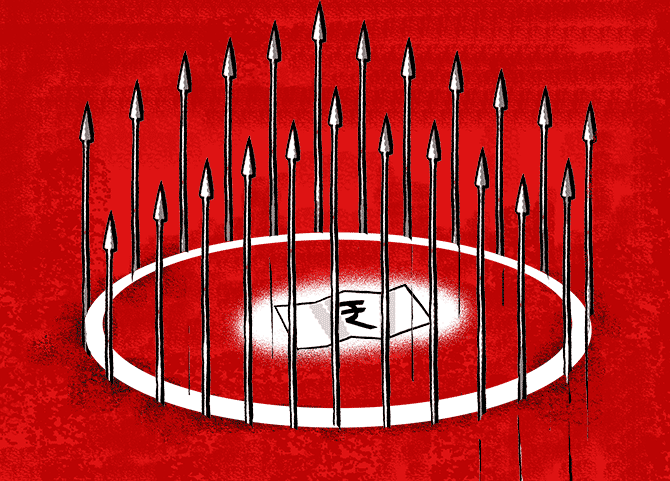The net financial savings of the household sector has moderated to 5.1% of GDP in FY23 from 7.6 per cent in FY20, as households shifted their savings to physical assets amid low interest rates during the pandemic, according to State Bank of India’s (SBI) Research report.

They also declined from 11.5 per cent of Gross Domestic Product (GDP) in FY21.
“It has been said that it (net financial savings rate) fell to a 50-year-low.
"However, this is completely misleading as household savings must be looked into as a sum total of physical and financial savings.
"Besides typical bank deposits, households have put money into insurance and mutual funds”, according to Soumya Kanti Ghosh, group chief economic adviser, SBI.
The decline in net financial savings of households has resulted in a concomitant increase in household savings in the gross physical assets.
Savings in physical assets, which accounted for more than two-thirds of household savings in FY12, declined to 48 per cent in FY21.
However, the trend is again shifting and the share of physical assets is expected to reach Rs 70 per cent in FY23, due to the decline in the share of financial assets.
The total household savings (both financial + physical) for FY23 would still surpass the FY22 levels.
This was despite the decline in financial savings as household savings in physical assets jumped Rs 6.5 trillion in FY22 compared to FY21.
According to the current trends, it was expected to jump further by up to Rs 5 trillion in FY23, and hence it will outstrip the increase in household indebtedness.
This indicates that the shift from financial savings to physical savings was also triggered by a low interest rate regime during the pandemic.
“We also believe that the shift to physical assets is also triggered by a recovery in the real estate sector, and an increase in the property prices.” it added.